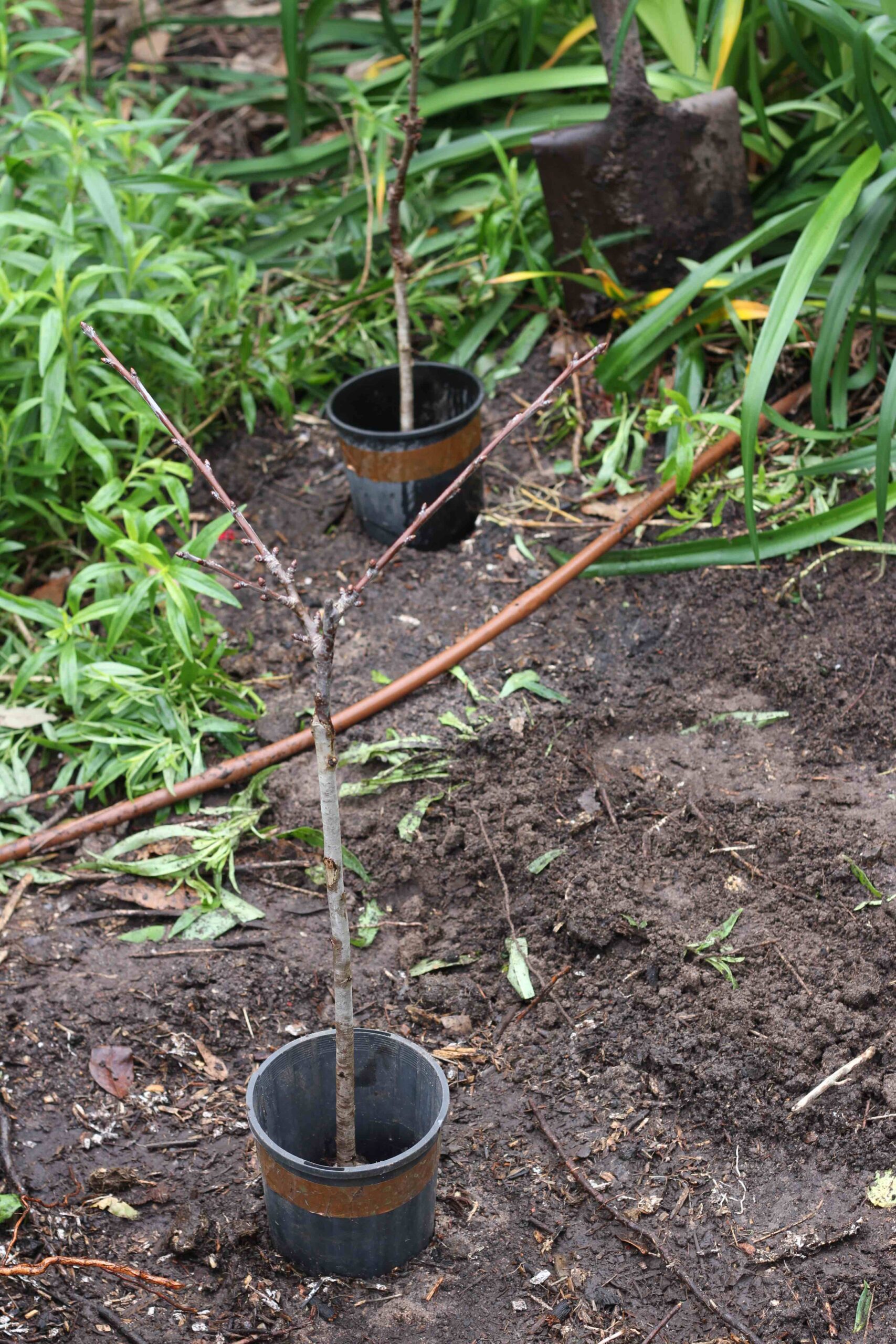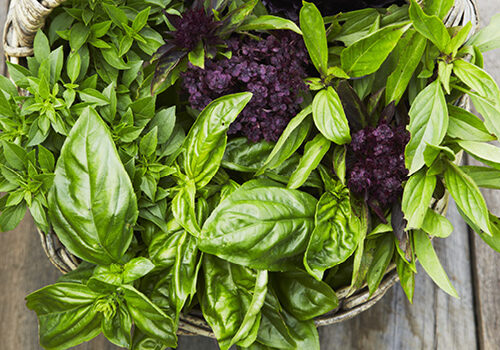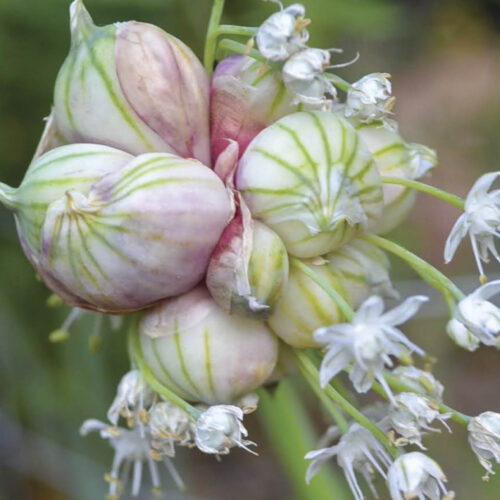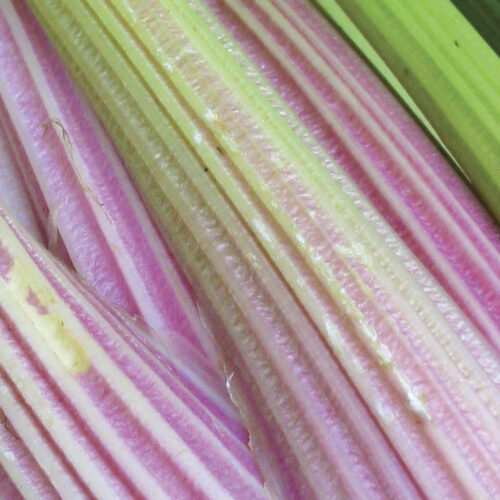Bare-rooted trees and shrubs
2020-06-06T04:20:31+10:00
If you are looking at buying a bare rooted tree or shrub, read about the best way to prepare the soil and then plant them.
In winter, deciduos fruit trees, ornamentals and roses are often sold by mail order, with the bare roots packed in moss, peat, wood shavings or something similar to keep them damp. They are cheaper and the roots often healthier because they are not circling inside a pot. If you have ordered bare rooted trees, they will be arriving soon. This is what you need to do to make sure they thrive.
Preparing the soil
Choose a position with at least six hours of sunlight, without competition from nearby plants and with protection from strong winds. Generally trees and shrubs will grow in most soils as long as there is reasonable drainage, plenty of organic matter and a soil pH around 6.5 and 7.0. Some need more specific acidic or alkaline soil and you will need to amend the soil appropriately. For all plantings, prepare by lightly forking compost and well-rotted manure, into the topsoil over a larger area than you will actually need to plant the tree. Add more if the soil is very sandy.
Planting
When they arrive, unwrap and remove all the moss, and soak for a couple of hours in clean water. Plant by digging a hole of about 30cm x 30cm x 30cm in the pre-prepared soil, don’t dig deeper than the longest root. Shape a mound in the bottom of the hole. Prune any damaged roots and then spread the remaining roots over the mound ensuring the graft is above what will be the surface of the soil. Fill the hole with water and let it drain away, then fill with soil, firm it down and water again, this time with some dilute seaweed extract, to help with transplant shock. Any plants that need staking and tying, to provide support, should be staked straight after planting. You’ll risk damaging the roots if you bang the stakes in later. You don’t need to fertilise at this time, although a handful of slow release pellets won’t do any harm and don’t ever let the plants dry out before planting. Mulch with a layer of coarse lucerne hay or wood chips, spread out to past the drip line, but keep away from the trunk or you may get collar rot. Pots with their bottoms cut out and placed around the tree truncks will stop mulch from getting too close to the tree trunks.
Feeding and watering
With good soil preparation, your bare rooted trees and shrubs won’t need to be fed again until they have started growing strongly. Then they’ll benefit from three good feeds through the spring and summer growing season. Use one or more of: pelletised fertilisers, worm liquid and castings, compost and compost tea, dilute fish emulsions and seaweed extracts. All plants will do better with regular deep watering especially in their first couple of years. If it’s very hot or dry they might need to be watered twice a week. Organic mulch will cut down the amount of watering needed.
For more articles about fruit trees try these stories:






